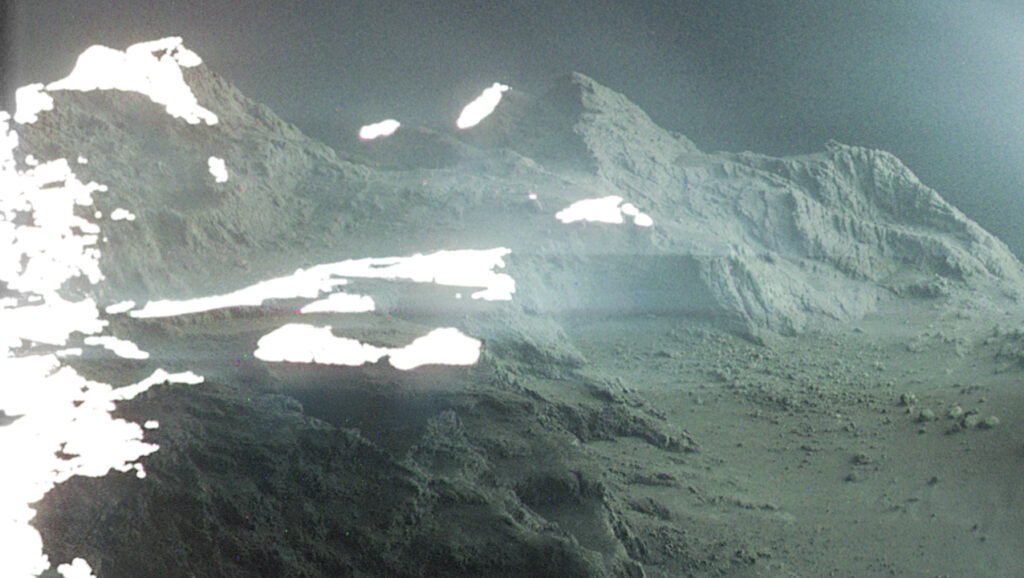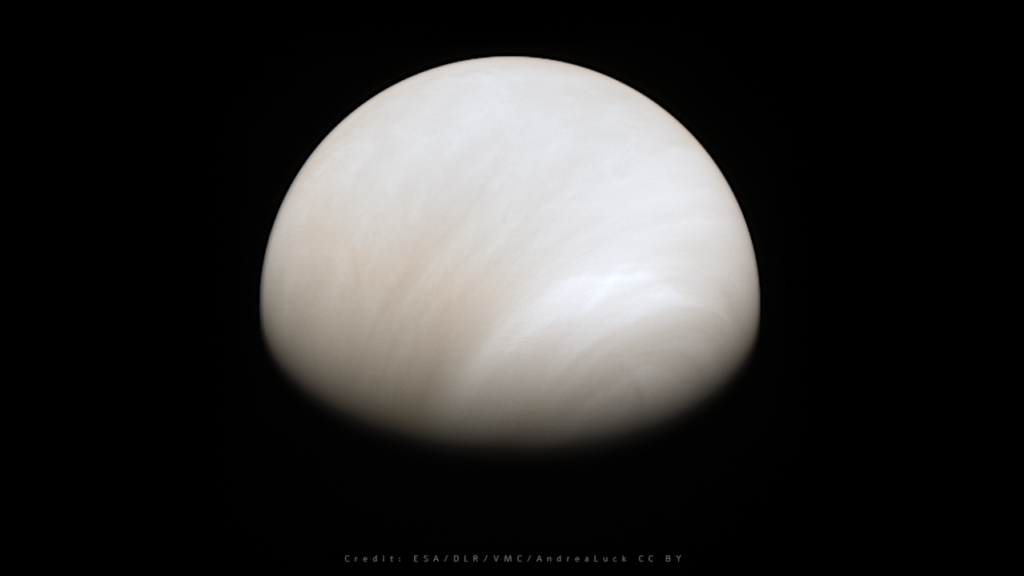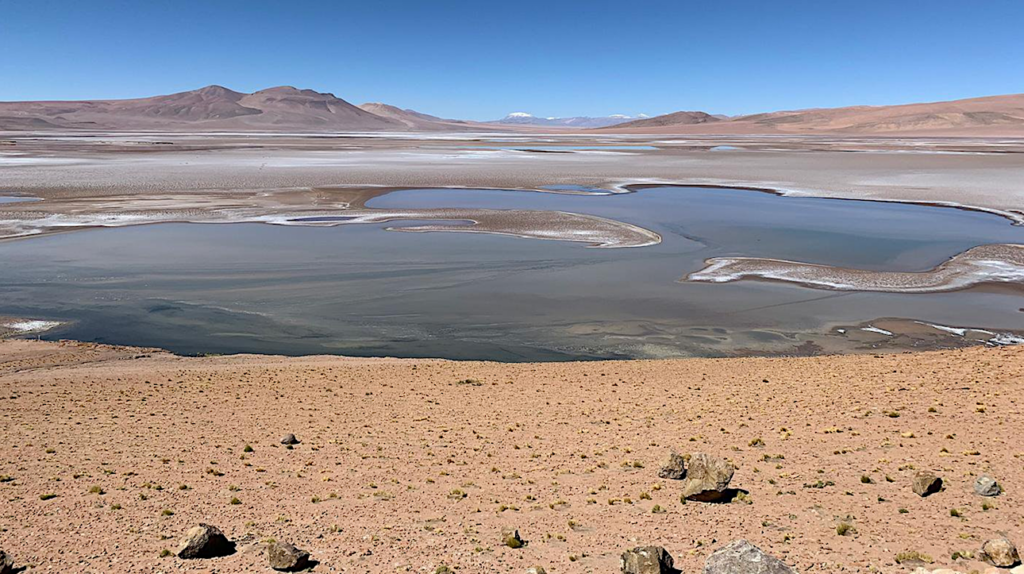Expanding the Timeline for Earth's Photosynthetic Red Edge Biosignature

When Carl Sagan observed the Earth during a Gallileo fly-by in 1993, he found a widely distributed surface pigment with a sharp reflection edge in the red part of the spectrum, which, together with the abundance of gaseous oxygen and methane in extreme thermodynamic disequilibrium, were strongly suggestive of the presence of life on Earth.
This widespread pigmentation that could not be explained by geological processes alone, is caused by the cellular structure of vegetation – a mechanism for potentially limiting damage to chlorophyll and/or limiting water loss. The distinctive increase in the red portion of Earth’s global reflectance spectrum is called the vegetation red edge in astrobiology literature and is one of the proposed surface biosignatures to search for on exoplanets and exomoons. Earth’s surface vegetation has only been widespread for about half a billion years, providing a surface biosignature for approximately 1/9th our planet’s lifetime.
However, as chlorophyll is present in many forms of life on Earth, like cyanobacteria, algae, lichen, corals, as well as leafy vegetation, such a spectral red edge feature could indicate a wide range of life, expanding its use for the search for surface biosignatures beyond vegetation alone to a time long before vegetation became widespread on Earth. We show how lichens could extend the presence of Earth’s red edge surface biofeature to 1.2 Gyr ago, while ocean surface algae and cyanobacteria could extend it to over 2 Gyr ago, expanding the use of a photosynthetic red edge to earlier times in Earth’s history.
Jack T. O’Malley-James, Lisa Kaltenegger
(Submitted on 10 Jul 2019)
Comments: Published in the Astrophysical Journal Letters. arXiv admin note: text overlap with arXiv:1809.08832
Subjects: Earth and Planetary Astrophysics (astro-ph.EP)
Journal reference: The Astrophysical Journal Letters, 879:L20 (5pp), 2019 July 10
DOI: 10.3847/2041-8213/ab2769
Cite as: arXiv:1907.05245 [astro-ph.EP] (or arXiv:1907.05245v1 [astro-ph.EP] for this version)
Submission history
From: Jack O’Malley-James
[v1] Wed, 10 Jul 2019 12:02:54 UTC (277 KB)
https://arxiv.org/abs/1907.05245
Astrobiology








